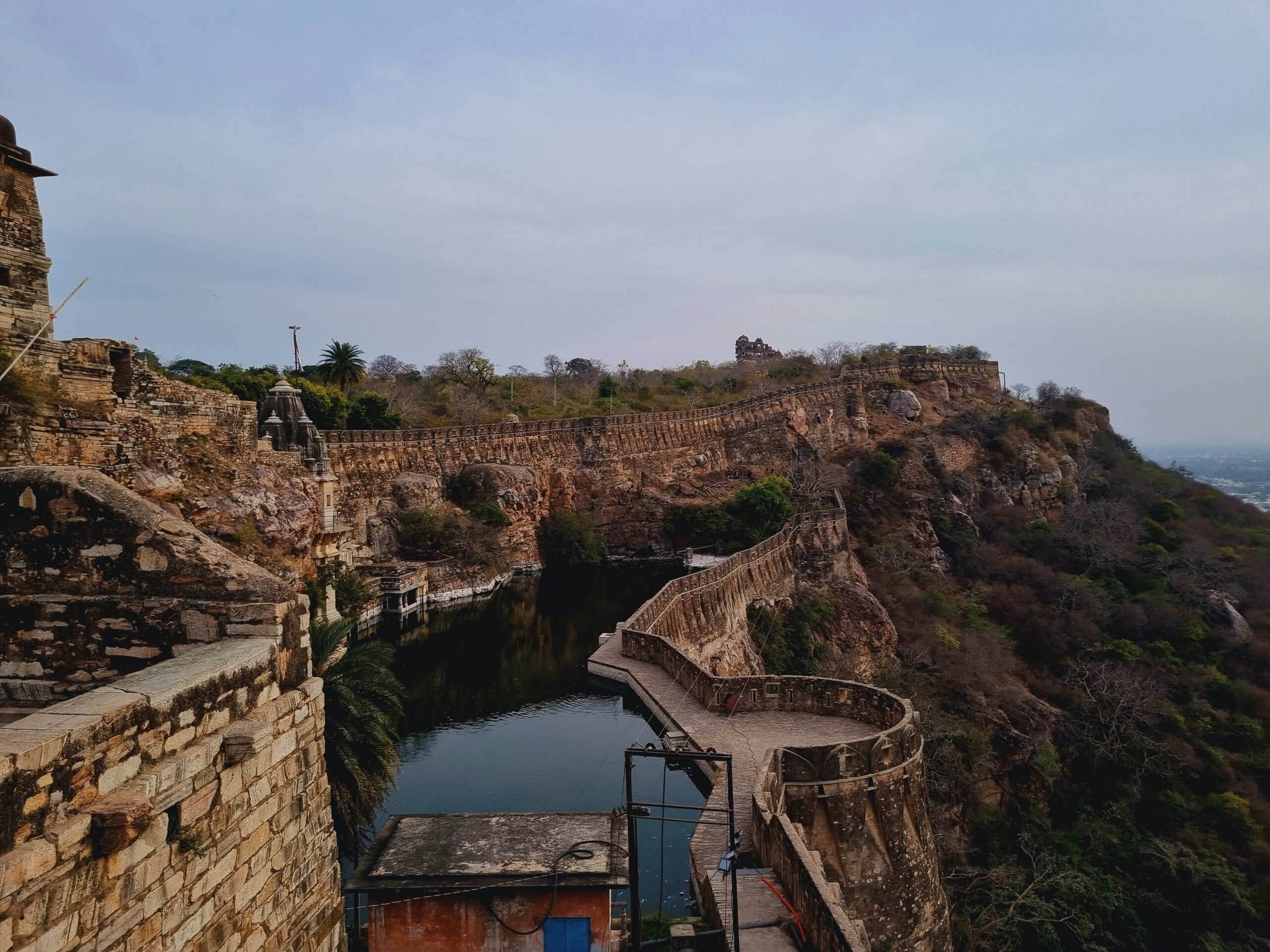
Chittorgarh Fort: The Grandeur and Glory of Rajasthan’s Fortified Heritage
Dominating the skyline of Chittorgarh, Rajasthan, the Chittorgarh Fort stands as a monumental testament to the region’s rich history and architectural brilliance. Often regarded as one of the largest forts in India, Chittorgarh Fort encapsulates the grandeur and valor of Rajputana and offers visitors a journey through time.
Historical Significance
A Brief History
Chittorgarh Fort, also known as Chittor Fort, was founded in the 7th century by the Maurya dynasty, though it gained prominence during the rule of the Guhilot Rajputs. The fort witnessed several historical events, including numerous sieges and battles, making it a symbol of Rajput bravery and resistance.
One of the most notable episodes in its history is the legendary Jauhar (self-immolation) by Rani Padmini and other Rajput women in the 14th century, a response to the invasion by Alauddin Khilji. This act of valor has been immortalized in Rajput history and is a poignant part of the fort’s story.
Architectural Marvel
The architectural splendor of Chittorgarh Fort reflects its strategic importance and the artistic sensibilities of its era.
- Massive Fortifications: The fort’s walls stretch over 13 kilometers and rise up to 20 meters high. Constructed from sandstone, the fort’s massive ramparts and battlements are designed to withstand sieges and attacks.
- Entrance Gates: Chittorgarh Fort is accessed through seven grand gates, each with its own historical significance. Notable gates include the Ram Pol and Laxman Pol, which are adorned with intricate carvings and are considered architectural marvels.
- Palaces and Temples: The fort houses several palaces and temples, including the Vijay Stambh (Victory Tower), the Kirti Stambh (Tower of Fame), and the Rana Kumbha Palace. These structures showcase exquisite carvings, frescoes, and intricate designs that highlight the artistic achievements of the Rajput era.
Exploring Chittorgarh Fort
A visit to Chittorgarh Fort offers a rich and immersive experience into Rajasthan’s history and culture. Here’s what you can explore:
- Vijay Stambh (Victory Tower): Erected by Rana Kumbha in the 15th century to commemorate his victory over the Malwa Sultan, the Vijay Stambh is a 37-meter-high tower adorned with elaborate carvings and inscriptions. Climbing to the top offers panoramic views of the surrounding landscape.
- Kirti Stambh (Tower of Fame): This Jain monument is dedicated to Adinatha, the first Jain Tirthankara. It features intricate Jain carvings and is a fine example of Jain architecture.
- Rana Kumbha Palace: One of the oldest structures in the fort, this palace is known for its ruins, including the famous underground prison where Rani Padmini and other women committed Jauhar. The palace provides a glimpse into the regal lifestyle of its erstwhile inhabitants.
- Padmini Palace: Renowned for its association with Rani Padmini, this palace is a must-visit. It offers insights into the legendary beauty and bravery of the queen and her tragic story.
Chittorgarh Fort stands as a grand monument to Rajasthan’s rich historical and cultural heritage. With its impressive architecture, storied past, and breathtaking views, it offers a profound and memorable experience for visitors. Whether you’re a history enthusiast, an architecture lover, or simply someone seeking to explore the grandeur of Rajputana, Chittorgarh Fort promises to captivate and inspire.
Embark on your journey to Chittorgarh, explore the timeless beauty of this majestic fort, and immerse yourself in the rich tapestry of Rajasthan’s history and culture.
